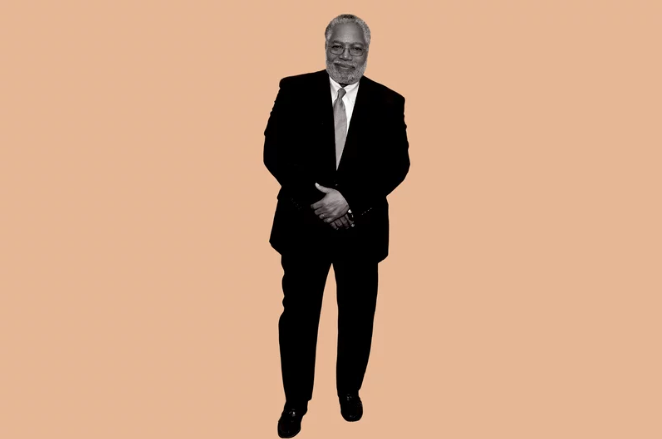“We want to help people wrestle with the shades of gray”
In this interview with Lily Rothman for TIME Magazine, Lonnie Bunch talks about his new job, the value of pandas and how to make the past personal.
The New Head of the Smithsonian Thinks Americans Can Find a Middle Ground in Museums

” We want to help people wrestle with the shades of gray,” says Lonnie G. Bunch III, the 14th Secretary of the Smithsonian. (Getty Images)
You’ve said you can tell a lot about a place by what it deems worth preserving. What does the Smithsonian say about America?
When I started in ’89 at [the National Museum of] American History, the collections reflected a 1950s interpretation of America–great men or women. Over the past 30 years, the Smithsonian has made strides to making sure the story it tells is reflective not just of the diversity but of the issues that have shaped America. I think the Smithsonian is doing a good job at helping us understand what it means to be an American.
So what does it mean?
What it means is that there’s always been debate. One of the great things that the Smithsonian collections [do] is to help the public recognize there aren’t simple answers to complex questions. We want to help people wrestle with the shades of gray.
How do you think the Smithsonian should approach issues that are divisive?
The Smithsonian is never interested in controversy for controversy’s sake. What it’s interested in is being driven by scholarship. One of the lessons we learned in building the [National Museum of African American History and Culture, of which he was founding director] is the public has a real interest in the unvarnished truth, if it’s done in a way that allows them to grapple with it and not feel guilty. I have great faith in the American people’s ability to listen, understand and to debate.
The narrative one hears these days is often the opposite. What gives you that faith?
Remember, I’m a historian. I understand there have been these vehement debates throughout American history. They aren’t always resolved, but they find a middle ground often.
Almost 20 years ago, in an article on diversity in museums, you wrote about being mistaken for an elevator operator at one; you’ve just become the first African-American secretary of the Smithsonian. How much have things changed?
What I’ve seen is change in the assumptions that have opened doors at the entry level for a more diverse workforce. There still is a great need at the higher levels and at the board level. I am a little disappointed that I’m still having the same conversations, but I’m pleased that there seems to be movement–and I know that my hire is a symbolic challenge to museums around the world.
You’ve spoken about being influenced by your grandfather, a sharecropper who became a dentist. How do you see the relationship between personal history and history with a capital H?
I think we need to recognize that if we can make history personal, find the connections with the public, we’ll be able to help them see the broader issues. Anyone who’s seen the great interest in genealogy recognizes there’s a thirst for history.
I imagine learning about family history in a Smithsonian context is very different from getting some “50% European” result from one of those tests.
Exactly. I am 20% Irish–that’s nice to know, but I think it’s important for people to really understand, what does that mean? What does it mean for African Americans and Irish immigrants to work near each other in urban settings? For me these opportunities for understanding yourself should really lead to questions of understanding yourself within the context of America.
Leading the Smithsonian means you’re also in charge of the National Zoo. Does that come with any perks?
I have two grandchildren who are 4 and 1, so I hope that I can wow them by showing them the pandas.
This article appears in the July 01, 2019 issue of TIME.
Posted: 25 June 2019
- Categories:






